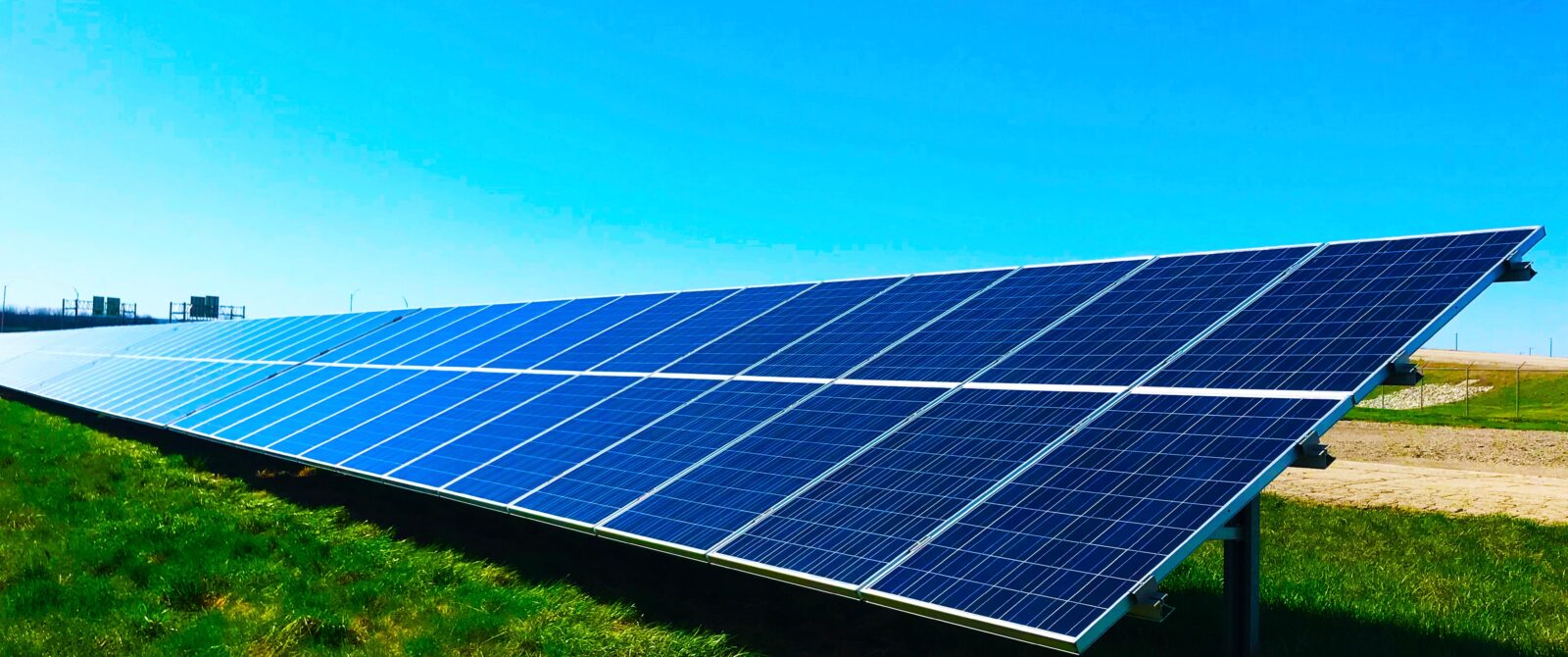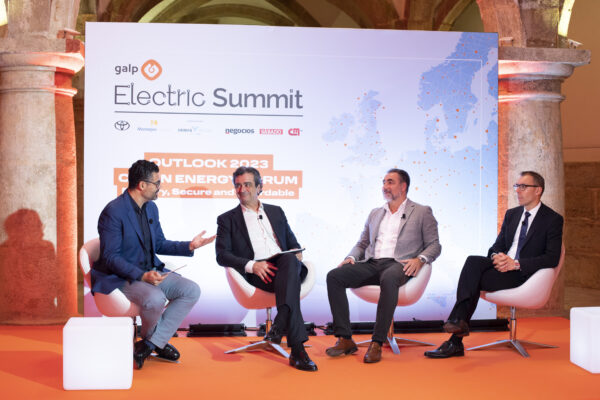Europe wants to lead the way on energy transition
The decarbonisation goals are ambitious, but Europe insists on wanting to be the first climate neutral continent by 2050.
Europe wants to achieve a 55% net reduction of greenhouse gases by 2030, compared with 1990 levels. It also wants zero net emissions by 2050, making it the first continent to achieve climate neutrality by that date. The consensus is that these decarbonisation goals are ambitious.
In order to expedite this process of change, the European Commission launched the European Green Deal, an initiative whose impact cuts across all of society, aimed at transforming the EU into a modern, resource-efficient and competitive economy which has entailed a change in its policies on climate, energy, transport and taxation.
Since in the European Union the production and use of energy are responsible for more than 75% of greenhouse gas emissions, it seems impossible to achieve the proposed targets without decarbonising the energy system. Thus, the three fundamental principles of the Green Deal are to ensure a secure and affordable EU energy supply, to establish a fully integrated, interconnected and digitalised energy market, and finally, to give priority to energy efficiency, improving energy performance in buildings, and to develop an energy sector based mainly on renewable sources.
Renewable energy sources outstrip fossil fuels
“The 2021 State of the energy union report”, published by the European Union, highlights the fact that renewable energy sources have outstripped fossil fuels as the EU’s main energy source. “The renewable energy market has shown to be resilient to the effects of the pandemic. To increase EU energy independence, we need to keep investing in renewable energy sources, but we also need to do more to decrease our dependency on fossil fuels.” Therefore, market coupling, interconnectedness and a common trading platform for electricity are seen as “important tools” to increase Europe’s energy independence. The report also addresses greater harmonisation of national rules on energy trading, which will be vital to protect Europe from price hikes in the future.
The report also shows that the EU is a global frontrunner when it comes to clean energy research. “Europe is leading the way in green technology, but we must also invest in developing the EU’s green manufacturing market share. Next year, the European Commission will present a solar strategy to make sure the EU’s green manufacturing can compete on a global level”. This strategy will require large-scale public and private investments for which the Recovery and Resilience Facility “is an essential tool”.
Protecting vulnerable consumers
When presenting the report on the state of the energy union in Europe, members of the European Parliament highlighted the importance of protecting vulnerable consumers facing high energy prices. “One important way of doing this is by mobilising funds to increase energy efficiency. Energy efficiency will not only be cost-effective for investors and vulnerable families, but it will also reduce our energy dependency.”
In the Parliament’s view, large investments will be needed to maintain this comparative advantage in clean energies research and innovation over time. “There was an overarching agreement for the need to increase our use of renewables and improve the energy infrastructure by connecting the energy grids in Europe”.
Taking stock, the European Union states that the implementation of the EU’s energy and climate policies is contributing towards accomplishing the European Green Deal and recovering from the impacts of the COVID-19 crisis.











